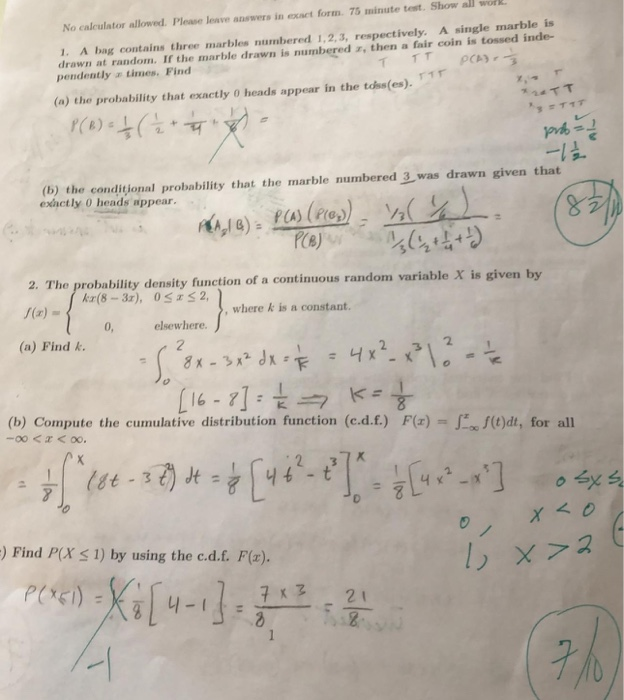And so this is sometimes the event in question right over here is picking the yellow marble.
Marble drawing probability calculator.
This calculator simulates urn or box with colored balls often used for probability problems and can calculate probabilities of different events.
Probability to draw k 5 red card among the m 26 red cards in a deck of n 52 cards by drawing n 5 cards.
Probability of drawing a black marble.
Find the probability of pulling a yellow marble from a bag with 3 yellow 2 red 2 green and 1 blue i m assuming marbles.
11 20 0 55 or 55.
If you get alex there is 0 3 probability of being goalie and 0 7 not.
Number and color of marbles in the bag replacement rule.
Change the number of marbles of different colors in the boxes and guess the probability of drawing a red blue or yellow marble.
Calculate the probability of drawing a black marble if a blue marble has been withdrawn without replacement the blue marble is removed from the bag reducing the total number of marbles in the bag.
Person outline timur schedule 2018 01 04 16 57 13 when you start learning probability and statistics you can often find problems with probability urn.
What is probability without replacement or dependent probability.
So they say the probability i ll just say p for probability.
Probability to draw all k 3 black ball in a bowl with n 25 balls among which m 3 are black by picking n 3 balls.
So the probability of drawing a white marble can now be approached like any other single event probability calculation.
So in our example the probability of drawing a white marble is 11 20.
Probability of drawing a blue marble.
For example a marble may be taken from a bag with 20 marbles and then a second marble is taken without replacing the first marble.
The sample space for the second event is then 19 marbles instead of 20.
Learn about sampling with and without replacement by randomly drawing marbles from a bag.
In some experiments the sample space may change for the different events.
The probability of picking a yellow marble.
Divide 11 number of positive outcomes by 20 number of total events to get the probability.

